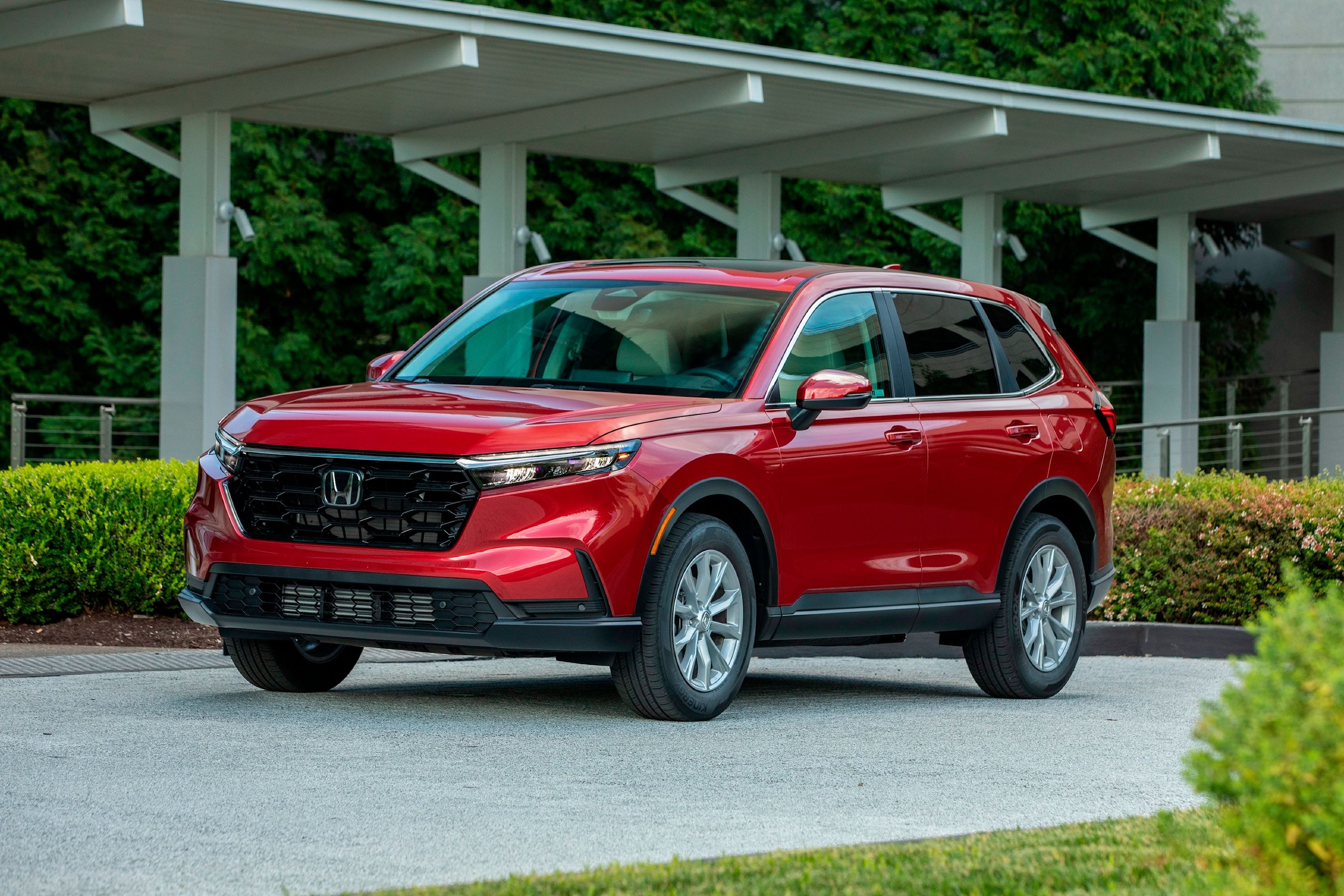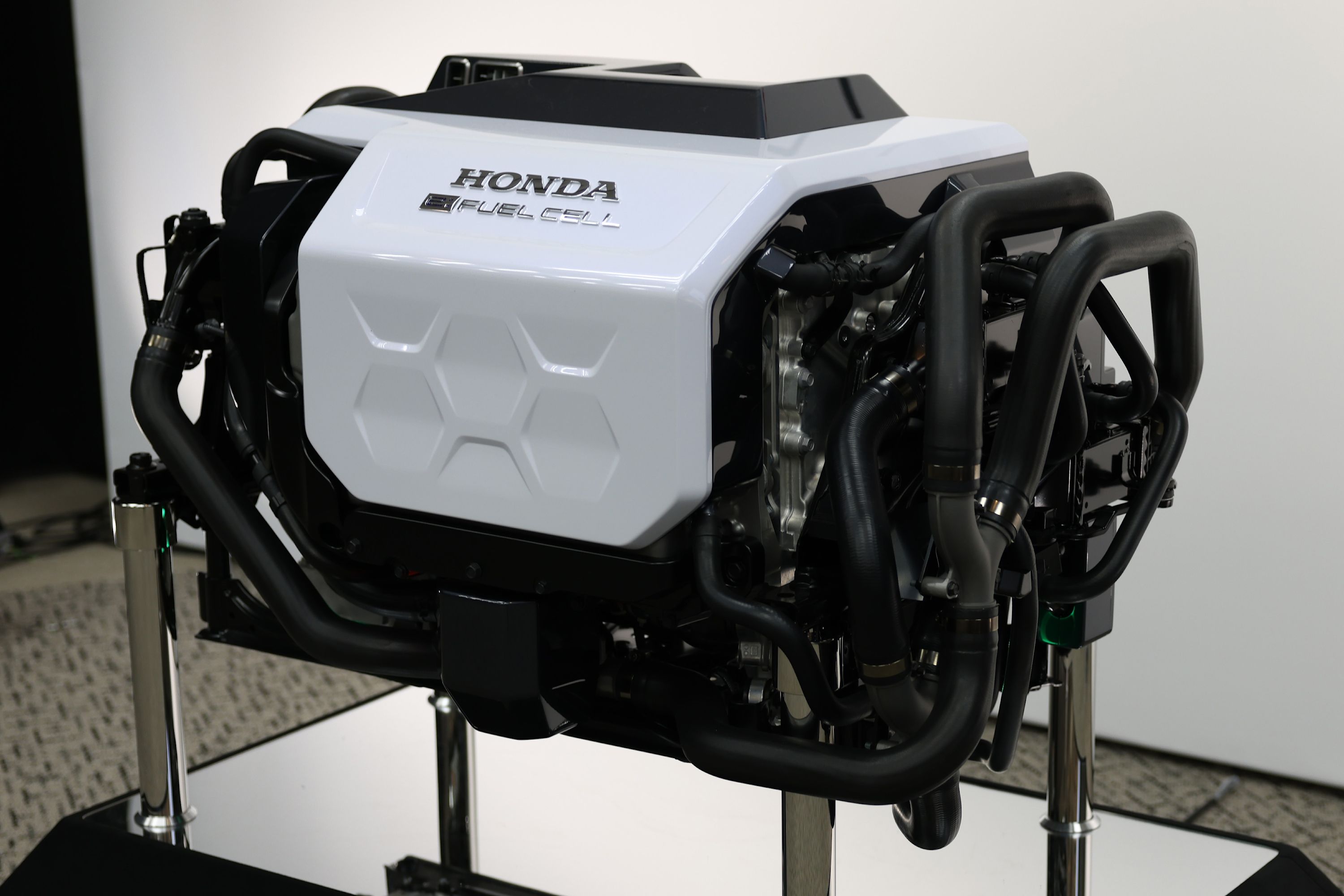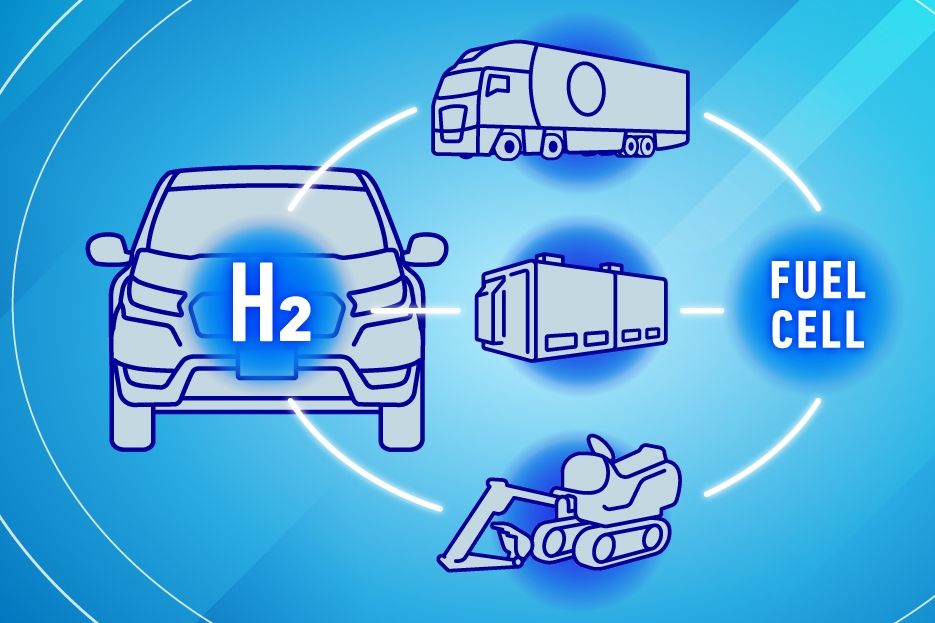
Honda has announced that it will continue to electrify its products but that it will also take a proactive approach to increase the use of hydrogen as an alternative fuel source.
This will not be the first time Honda is dabbling in hydrogen. It famously made the hydrogen fuel cell vehicle mainstream when it introduced the first-generation Clarity in 2008. Back then, the world wasn't ready for the technology, nor did the general population understand how prominent it would become in less than a decade. The second-generation Clarity also failed to find traction, mostly due to a high asking price and the lack of infrastructure.
Honda has since found a way to fix at least one of these problems by collaborating with General Motors. By teaming up to develop the next-generation fuel cell systems, the development cost is cut to one-third.
Honda will deploy its new fuel cell system in four core segments: FCEVs (cars), commercial vehicles, power stations, and construction machinery.
On the FCEV side, Honda will introduce an all-new model in 2024 in the USA and Japan based on the CR-V. Unlike Honda's previous fuel-cell vehicles, this model will have a plug-in function to recharge the battery. So it's basically a battery and hydrogen-electric vehicle. The FCEV CR-V will be built at its Acura NSX assembly plant in Ohio. It's the perfect place for it, as the staff is already familiar with batteries and low-volume models.
Commercial-wise, Honda is teaming up with Isuzu to create a prototype fuel cell-powered heavy-duty truck. Honda has already proved it's a viable business model, as it has built such vehicles in conjunction with the Dongfeng Motor Group. Honda Dongfeng started with demonstration drives in January this year.
The power stations are different from the ones we know. Honda wants to get into the business of building backup power systems using fuel cell systems reclaimed from Clarities. The first step is to build a stationary fuel cell power station that produces 500 kW. It will be built on Honda's campus in California. Following that, it will roll out to Honda factories and data centers worldwide.
Honda will use these new fuel cells in excavators and wheel loaders in the construction segment. Since hydrogen stations are hard to come by, Honda will work with construction industry associations and related parties to solve the problem. And this time, Honda will be working in the background instead of just selling fuel cell products to ensure a consistent hydrogen supply to the USA. It will also work closely with national and local governments to set up new hydrogen ecosystems, which include fueling stations.
With some luck, the technology will take off as Honda hopes.


